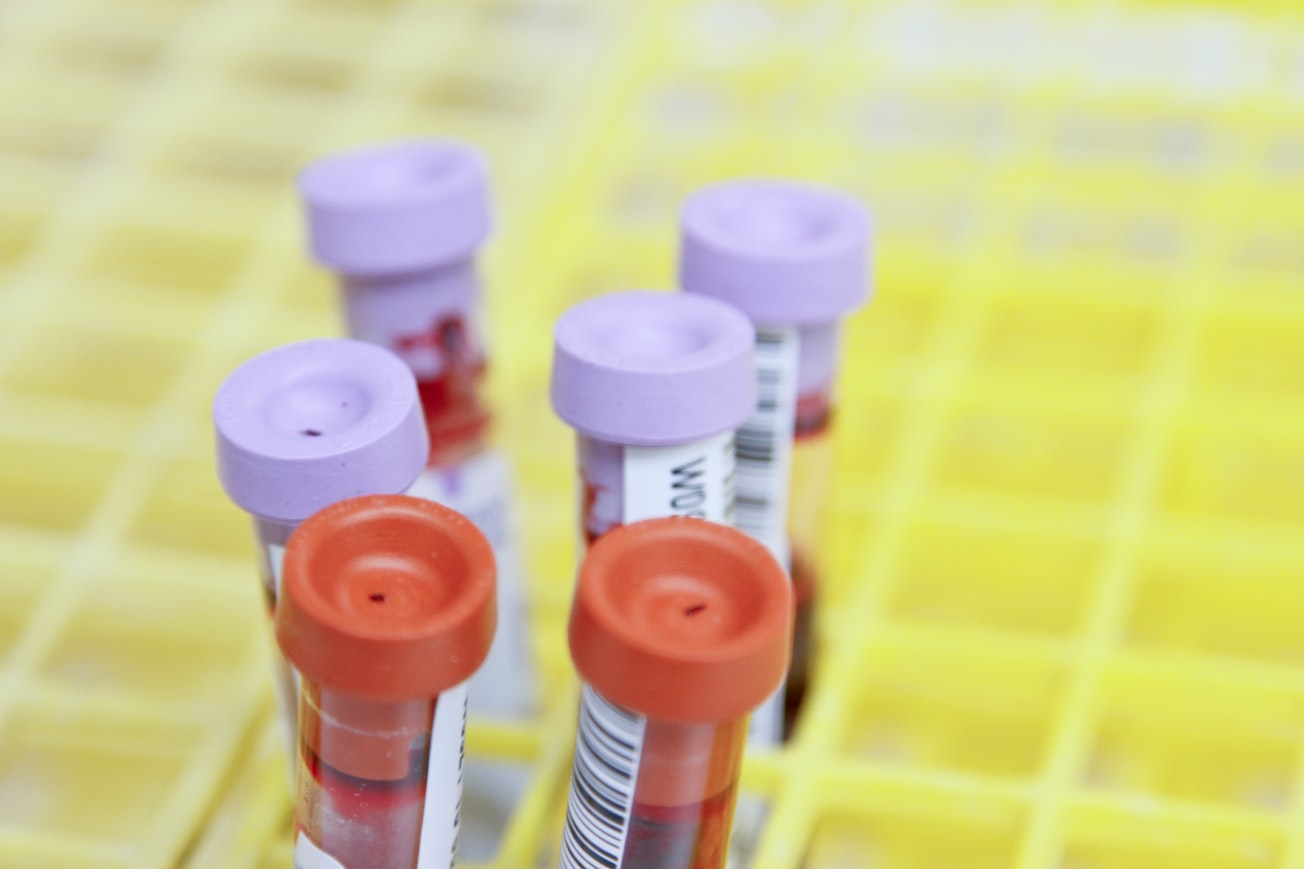What is it about?
An appropriate specimen is of paramount importance in Real Time reverse transcription-polymerase chain reaction (rRT-PCR) based diagnosis of novel coronavirus (nCoV) disease (COVID-19). Thus, it’s pertinent to evaluate various diversified clinical specimens’ diagnostic utility in both diagnosis and follow-up of COVID-19. We found that the combined swab of NPS and OPS in single VTM tube enhances the diagnostic sensitivity significantly in various manifestation of COVID-19 viz., Mild, Moderate and Severe cases.
Featured Image

Photo by National Cancer Institute on Unsplash
Why is it important?
Our result showed that combined swabs had a positivity rate of 100% followed by NPS (91.5%), OPS (72.3%), sputum (63%), while nCoV was found undetected in urine, plasma and serum specimens. The lowest cycle threshold (Ct) values of targeted genes E, ORF1b and RdRP are 10.56, 10.14 and 12.26 respectively and their lowest average Ct values were found in combined swab which indicates high viral load in combined swab among all other specimen types. Analysis of 665 follow-up multi-varied specimens also showed combined swab as the last specimen among all specimen types to become negative, after an average 6.6 (range 4–10) days post-treatment, having lowest (15.48) and average (29.96) Ct values of ORF1b respectively indicating posterior nasopharyngeal tract as primary nCoV afflicted site with high viral load.
Perspectives
PLOS provides the good plateform to share our research finding as its widely recognised as one of the topmost journal in the field of Microbiology.
Dr Sanjay Singh Negi
All India Institute of Medical Sciences
Read the Original
This page is a summary of: Comparative analysis of various clinical specimens in detection of SARS-CoV-2 using rRT-PCR in new and follow up cases of COVID-19 infection: Quest for the best choice, PLoS ONE, April 2021, PLOS,
DOI: 10.1371/journal.pone.0249408.
You can read the full text:
Contributors
The following have contributed to this page










